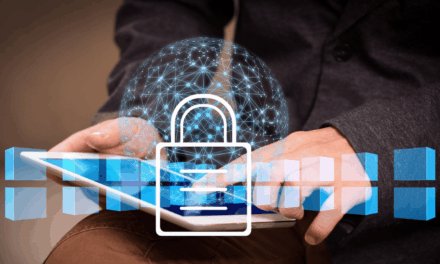According to one global survey in March this year, APAC respondents actually experienced a decline in protection after 2021.
In a March 2022 survey of 6,200 IT users and IT managers from small businesses to enterprises across 22 countries, one key trend was that using more solutions for data protection and cybersecurity simultaneously did not necessarily translate into more protection.
Of firms experiencing this protection-software sprawl, more than half had suffered downtime because of data loss stemming from system crashes (52%), human error (42%), cyberattacks (36%) and insider attacks (20%).
This may be part of the reason why 61% of global organizations’ IT teams in the survey citing a preference for integrated solutions that can replace their complicated stacks of cybersecurity and data protection tools.

Key report findings
In the Asia Pacific region, the survey included 1,608 respondents from Australia, China, India, Singapore, and South Korea. The relevant findings are:
- 76% of respondents cited suffering downtime due to data loss, system crashes, human error and cyberattacks—a 25% increase from the previous year.
- Singapore (48%), India (46%), China (44%) respondents experienced downtime due to a cyberattack.
- 78% of all respondents were running as many as 10 different security and protection solutions.
- 19% of Australia respondents used between 11 and 15 different solutions.
- 28.4% of India respondents used between 11 and 15 different solutions, while 9% used over 15 solutions simultaneously.
- 61% of global respondents now wanted integrated solutions to replace their complicated stacks of tools with a single, unified console
- Half of respondents in Singapore allocated less than 10% of their overall IT budget for IT security. Globally, only 23% of organizations globally invested over 15% of their overall IT budget in security.
- 10% of global IT respondents were not sure if their company was subject to any data privacy regulations.
- In South Korea and India the percentages of such staff were 15% and 14% respectively.
- In the Asia Pacific region, 53% of respondents were “very concerned” about cyberattacks caused by the current geopolitical climate, compared to 42% of respondents from the Americas (42%) 38% of those from the EMEA regions.
- Among respondents who were IT users: 82% from Singapore, 85% from India and 81% from South Korea were worried about increased politically-motivated cyberattacks.
- In Singapore, 52% of respondents who were IT users were the most worried about data theft, one of the highest rates in the survey.
- In terms of time-taken to apply security updates, 43% of respondents who were IT users took a week or more after an update release to patch the system, while 7% took more than a month to do so. This was a big decline in response time compared to that of 2021.
- Polled on whether respondents could tell if their data had been modified, 66% of IT users surveyed indicated that they would not be able to do so.
- 76% of South Korea responders who were IT users claimed they could not tell if their data had been tampered with.
- Over two-thirds of respondents who were IT users in Australia and Singapore claimed the same.
- Globally, 43% of respondents who were IT users were not sure if their anti-malware solutions could protect against new and emerging cyber threats.
The survey, commissioned by Acronis, indicates that respondents were spending more on IT security in 2022 than in 2021, with a caveat that their organizations were still treating cyber protection as a “nice-to-have” not as a “must-have”.
According to the firm’s Vice President of Cyber Protection Research, Candid Wuest: “As the entire world is increasingly at risk from different types of attacks, accelerating to universal all-in-one solutions is the only way to achieve truly complete cyber protection.”

















